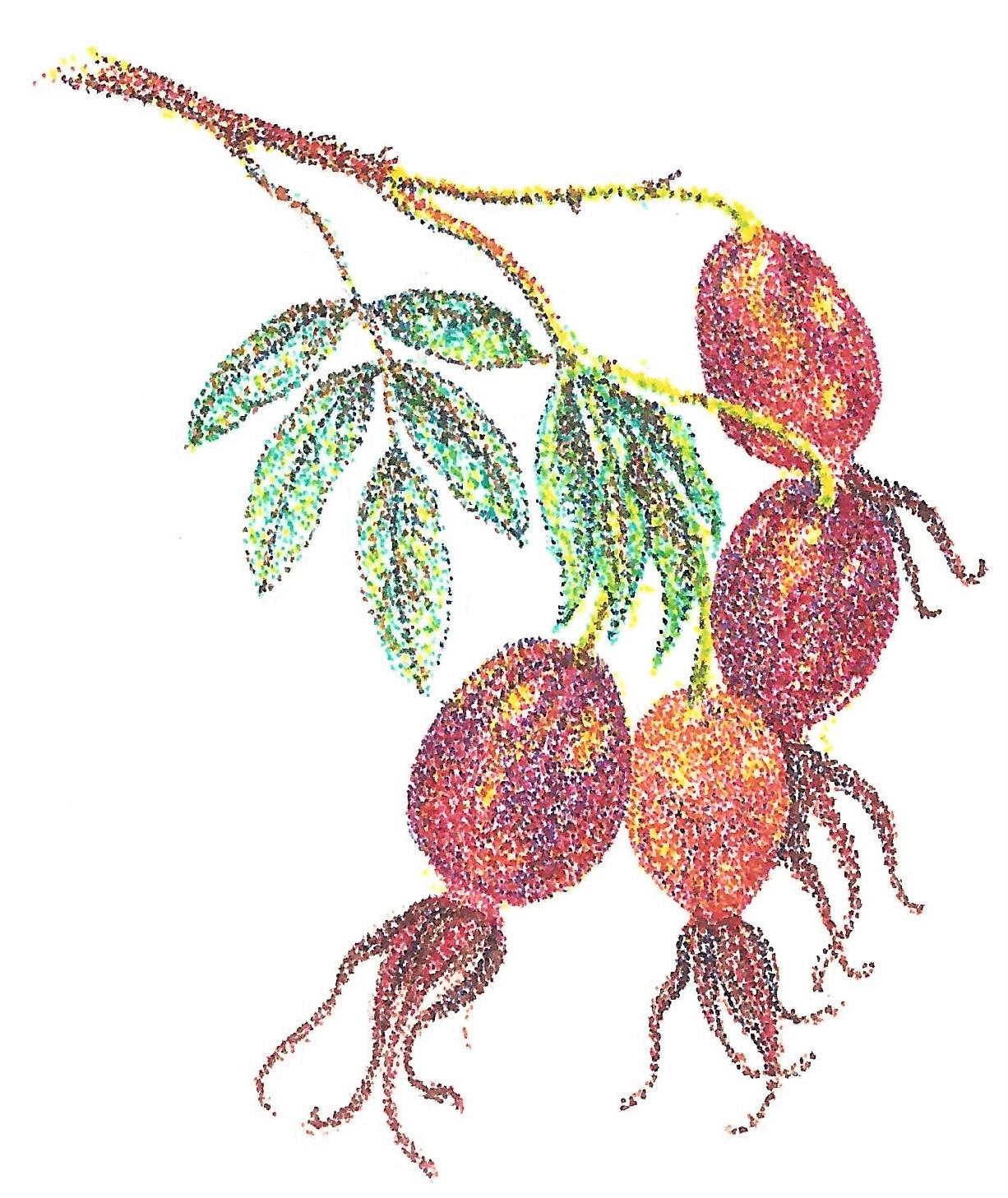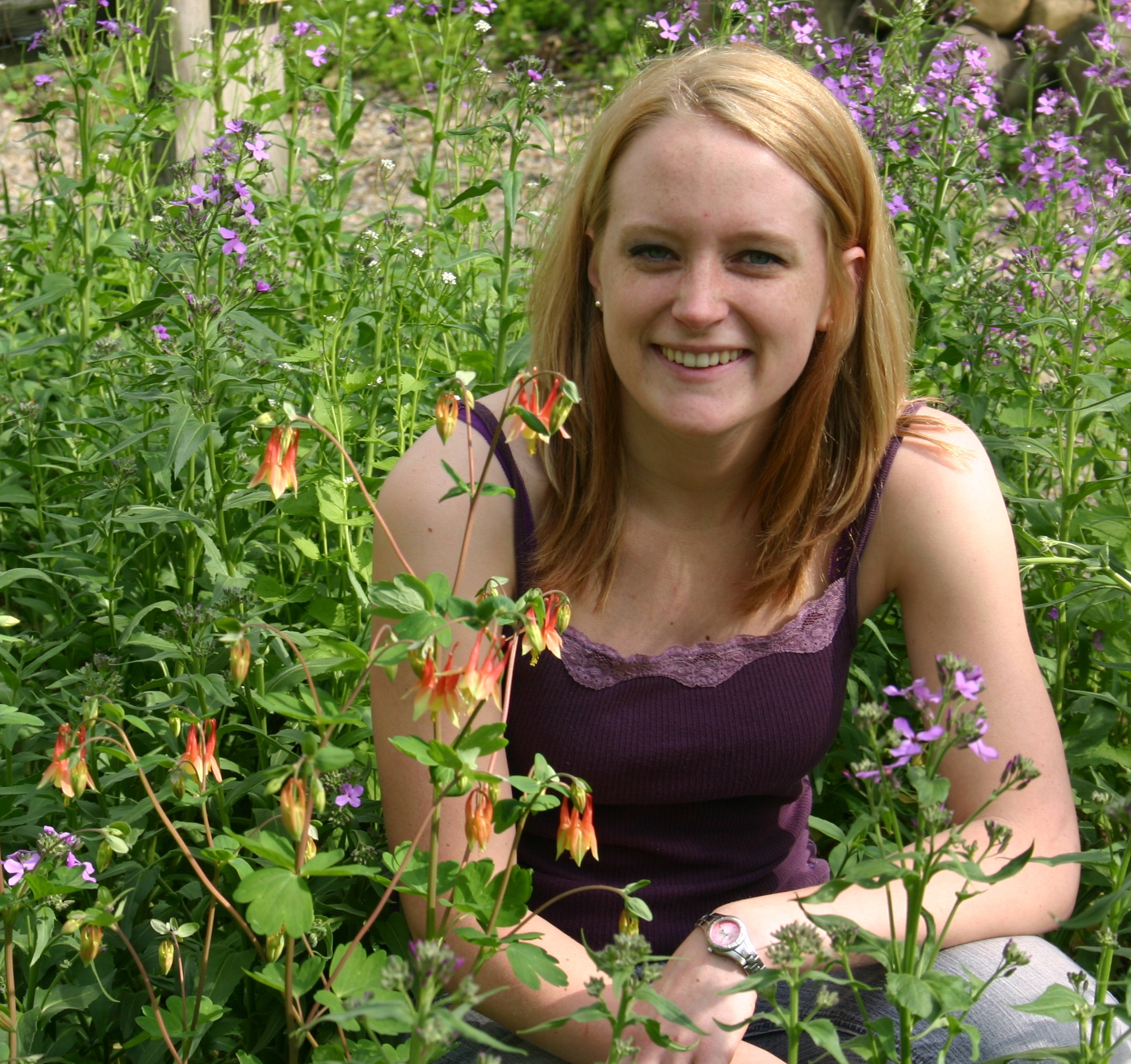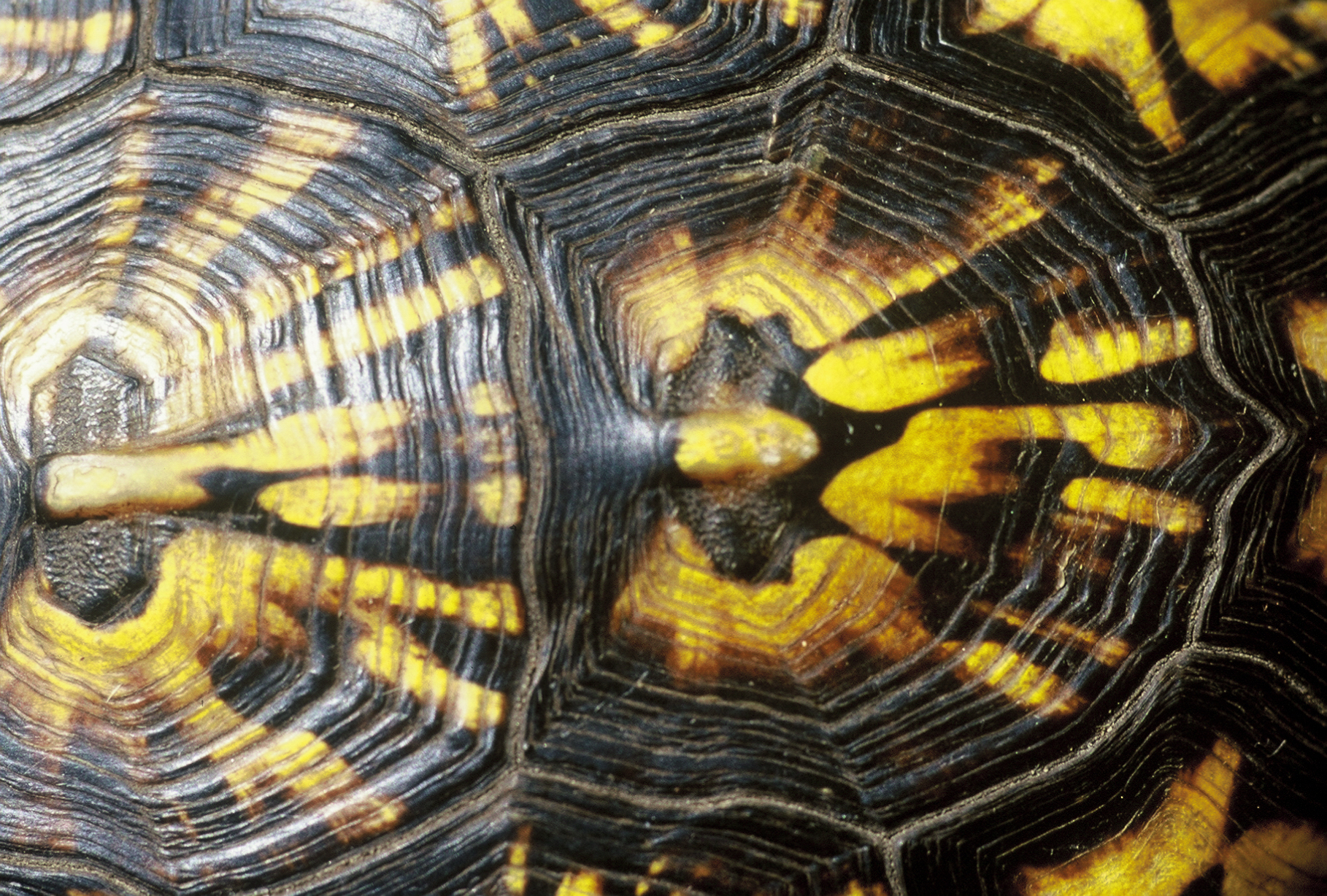



Large Hips-Dense Clusters of Fruit with Delicious Flavor
Selected from Apple Rose, Rosa pomifera-villosa, Big Hip has produced the most fruit in the smallest amount of plant. Even small one foot tall plants can be packed with fruit. The best production is in full sun in sandy soil. The fruits reside at the end of the branches. The bush is multi-branched with canes lasting 5-10 years of more. These plants do not runner like rugosa rose and are much higher yielding than any rose species I have grown so far.
Each plant grows up to 4 foot tall with side branches extending 2-3 ft. in either direction. Flavor of the hips is very good much superior than other hips from other species roses. The yields are also greater. The hips tend to turn to a paste as they ripen on the plant which is the best time to eat them in their raw state. The flavor far exceeds Rosa rugosa and the yields are at least triple a Rugosa plant.
Over time I was planning to select an individual plant that was the highest yielding. But as time went on they were all equally high yielding plants. As a result the cultivar level was not as practical as all the seedlings were very similar. I further selected the most precocious seedlings in my plantings which flowered and fruited at young ages. They appeared to be slightly heavier bearing.
As rose hips ripen and begin to get to a soft consistency, the flavor is greatly improved. This occurs about a month or so after the hips 'look' ripe with their normal coloration. The seed casings and the amount of seed is not as important as these are processed out in cooking and straining the fruit. The size of the hip and the amount of flesh is critical. The seeds could be used for oil extraction. No one has tested this use yet.
For Harvest: Big Hip produces a very usable and clean fruit when it ripens starting in mid to late August. It is important to harvest at this time as the fruit should be firm yet not hard. The fruit ripens on the bush and will become a clear orange paste like consistency.
Big Hip Selected varieties with the highest yields of the largest hips and most robust plants free of foliar disease. Discovered as chance seedlings in my greenhouse that flowered at 2 years of age from seed. This particular seed selection is much easier to harvest as all of the fruit is on the outside of the foliage and exposed. The plants do not runner. If you order the seeds and need a dormant cutting, send the request with the order of seeds.
To germinate the seeds: Rose seeds have a tough shiny seed coat so normally germination occurs over a period of 1-2 years. Fall planting should be done as early as possible to help with the scarification and stratification of the seeds. Plant 1/8 inch deep. Tamp hard into the soil and lightly mulch. Seeds will sprout usually in the following spring and summer and then again the following year. Consider them as a two year dormancy period in propagation. You can put them in a propagation flat, cover with screen to protect against mice and wait.
For the indoor method do the usual fridge cold 33-38 F for 60-120 days. Rose seeds sprout in the fridge very easily. Put them in slightly moist pear moss and then refrigerate for 60-120 days. Some sprouting will occur in the fridge. Some seeds will need an additional warm period to sprout fully so then plant outside and they will come up the following year in the spring. Easier to grow outside as the soil bacteria works on the seed coat. Few animals seem to eat the seed once it is in the ground. You can also put it in a propagation tray outside, cover it, and then let them sprout in the tray in the springs ahead. You can then pluck them out and put them in pots.
Seeds are harvested in 11-2023. And refrigerated 38F.
| Plant Specs |
| Genus & Species |
Rosa villosa x pomifera |
| Seed Source |
Michigan |
| Hardiness |
-30F |
| Height (ft) |
2-4 |
| Width (ft) |
2-4 |
| Pollination Requirements |
Self fertile |
| Soil |
Sandy loam. Slightly acidic ideal. |
| Ease of Cultivation |
Very easy to grow from seed. Once sprouted the plants grow quickly to fruiting size within 2-4 years from seedling. Practical to grow in a variety of locations as even part shade works with this selection. Very healthy fruit easy to use in a variety of ways from dried puree to jam. Selections from cuttings can also be developed from this seed strain. However each seedling is similar in my grow outs and heavy yields are found on all of the plants. |

